Slow Take-up of Superfast Broadband Holds Back Rural Businesses
The coverage of UK “superfast broadband” (24Mbps+) ISP networks may be growing but a new report from Rural England, Scotland’s Rural College (SRUC) and Amazon, which examines how rural businesses use digital technologies, has warned that slow take-up of the service is also holding them back.
At present a combination of commercial investment and public funding, such as via the national £1.6bn+ Broadband Delivery UK programme, has already helped to increase the estimated coverage of fixed superfast broadband networks to more than 95% of UK premises. This could reach around 98% by 2020 and then the final 2% is widely expected to be catered for by the government’s 10Mbps Universal Service Obligation (USO).
Meanwhile a survey for today’s report found that the majority (59%) of businesses only had a “standard broadband” connection (e.g. slow and less reliable copper ADSL lines) and just 19% had a superfast connection. Given this result it’s perhaps understandable that many of the businesses rated their connectivity poorly for its speed (37%) or its reliability (25%). Fewer held positive views about these two attributes.

So far, most of the rural digital debate has centred on the issue of access to infrastructure: specifically, connectivity to broadband and mobile networks. The roll-out of such networks has naturally been slower in rural areas due to problems of economic viability, although as mentioned earlier that situation is improving.
However the report argues that the debate over network coverage has diverted attention away from questions about the take-up and use of digital technology, as well as applications and services by businesses located in (the majority of) rural areas, where there is now reasonable infrastructure.
“Given the potential implications for business location, competitiveness and growth – not to mention any wider implications for job opportunities and productivity – this is perhaps surprising. It should be of significant policy interest, if the ambition in the UK Government’s Digital Strategy (DCMS, 2017) is to be realised, that every business should be helped to become a ‘digital business’,” said the report.
In response the report has published a series of recommendations for the private and public sectors to support the rural digital economy, which covers more than just the broadband and mobile connectivity side of things.
The Five Recommendations (Themes)
Theme: Simpler signposting to digital support and information
i. Help businesses to find digital or IT support, by creating local directories of those who offer such services.
ii. Help businesses to find appropriate local guidance and support about their digital needs (e.g. connectivity, training, e-commerce), by ensuring it is on a single portal. One good model is the Business Gateway Digital Boost website.
Theme: Better access to support, including digital enterprise hubs
iii. Create more digital enterprise hubs in rural towns which businesses can use or visit for better connectivity, start-up workspace, hot-desk space and digital training.
iv. Encourage more small businesses to export, by promoting the opportunities afforded by e-commerce, including the option of using third party e-commerce websites.
Theme: Smarter digital training and skills development
v. Help businesses to recruit to meet their digital needs, by local collaboration between employees and education providers, and by improving retraining opportunities.
vi. Raise the level of digital skills within SMEs, by making short training courses and online tools more readily available to small business owners.
vii. Encourage rural businesses to set aside resources for digital training for their employees, in order to improve productivity.
Theme: Faster business adoption of digital connectivity
viii. Raise superfast broadband take-up by rural businesses, by reinforcing efforts to promote the business benefits.
ix. Encourage businesses already using superfast broadband to champion it to their peers, providing real world examples of the benefits.
Theme: Stronger rural targeting by existing policies and strategies
x. Ensure that rural businesses benefit fully from the Economic, Digital and Industrial Strategies as they are implemented across the UK. Examples of how this could be achieved include: having rural representatives sit on the Productivity Council and Digital Skills Taskforce; testing the Digital Catapult Centre model in a rural location;and designing the National Productivity Investment Fund so it targets rural areas.
xi. Make support for digital growth a key objective within future (post-Brexit) rural business support programmes. There should be a dedicated rural strand within the Government’s proposed Shared Prosperity Fund, capable of supporting digital skills and growth. This would recycle existing public funding.
xii. Encourage larger technology-driven businesses to adopt policies promoting digital take-up in rural areas, by sharing their good practice and giving practical support to smaller businesses.
As usual the challenge of take-up tends to be a complicated one and calling for better promotion of the new connectivity is certainly a good place to start, although a lack of awareness or familiarity with the service is often only one of the core problems. In other cases businesses may be tied to a longer contract term with their old service and won’t be able to upgrade until that ends.
Elsewhere the higher prices for such services may also discourage uptake and lest we forget that not all rural businesses actually need “superfast” speeds (depends on what the business does). The fear of switching to a different ISP or network can also obstruct take-up.
However we should point out that improving take-up in areas which have benefited from the Broadband Delivery UK or related programmes may have another key benefit. Most of the related contracts carry a clawback / gainshare clause, which means that the supplier (ISP / network builder) is required to return some of the public investment as take-up rises and this can then be used to further boost coverage (here).
Unlocking the digital potential of rural areas across the UK
https://ruralengland.org/../Unlocking-digital-potential-website-version-final.pdf
UPDATE 1pm
The CEO of rural fibre optic ISP Gigaclear, Matthew Hare, told ISPreview.co.uk in a special comment: “It’s not surprising to see yet another report showing that slow and unreliable broadband is severely hindering rural businesses’ ability to grow. The simple fact is that lack of connectivity has a detrimental impact on the growth of the UK’s economy. Whilst we are now seeing a very slow shift towards prioritising fibre, we have a long journey ahead of us in order to get all 30 million UK properties onto full fibre networks. Let’s remember that, across the whole industry, we have only managed to achieve around 1 million properties to date.”
“The industry needs to build on this initial progress and develop new, innovative ways to deliver full fibre at a much faster rate. In addition, central and local government needs to do a lot more to enable this enormous national civil engineering project, reducing and removing barriers to deployment as much as possible. Ultrafast, full fibre broadband is the only future-proofed solution to power the UK’s digital economy, both for urban and rural areas. We need to put fibre front and centre to allow businesses to truly flourish.”
Mark is a professional technology writer, IT consultant and computer engineer from Dorset (England), he also founded ISPreview in 1999 and enjoys analysing the latest telecoms and broadband developments. Find me on X (Twitter), Mastodon, Facebook and Linkedin.
« Expensive Reality of UK FTTP on Demand Broadband Hits Home
Latest UK ISP News
- FTTP (5676)
- BT (3553)
- Politics (2589)
- Openreach (2334)
- Business (2313)
- Building Digital UK (2268)
- FTTC (2056)
- Mobile Broadband (2026)
- Statistics (1820)
- 4G (1713)
- Virgin Media (1662)
- Ofcom Regulation (1488)
- Fibre Optic (1419)
- Wireless Internet (1414)
- FTTH (1382)




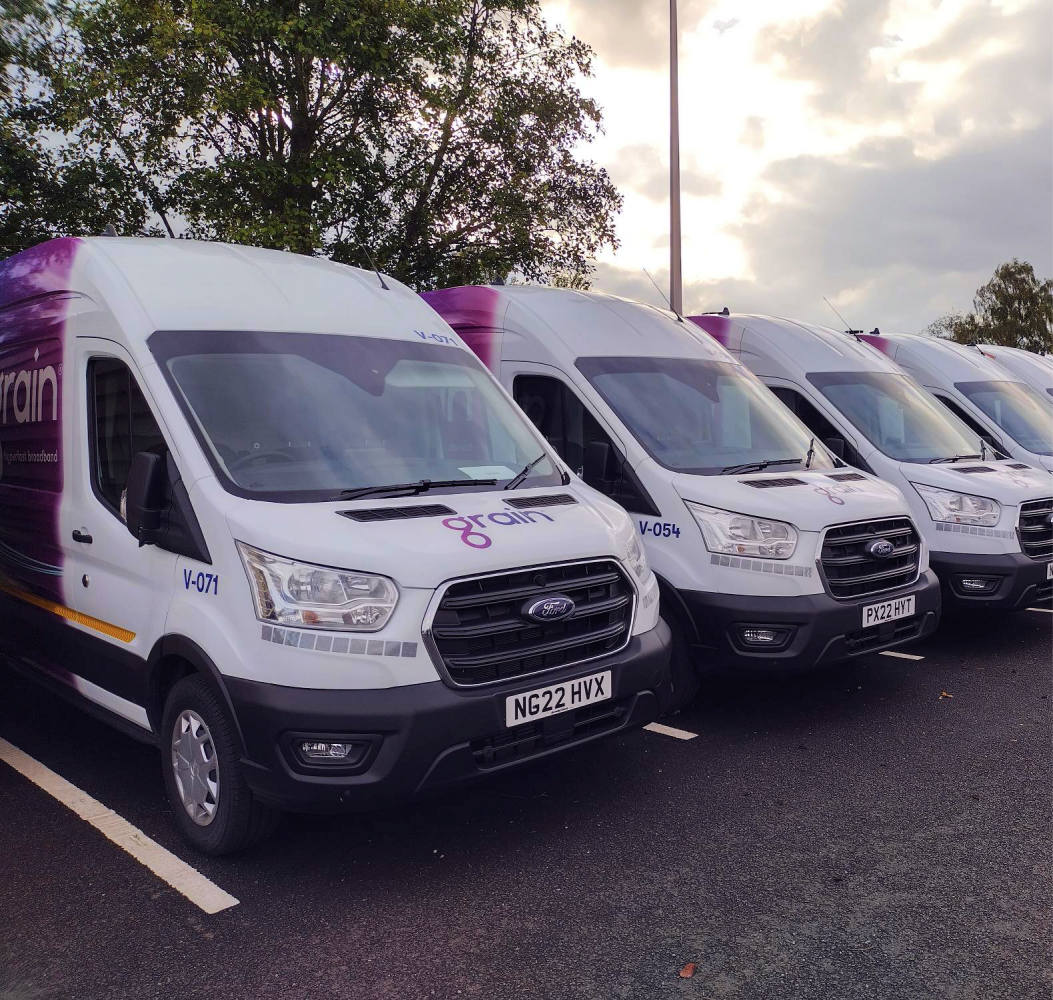

























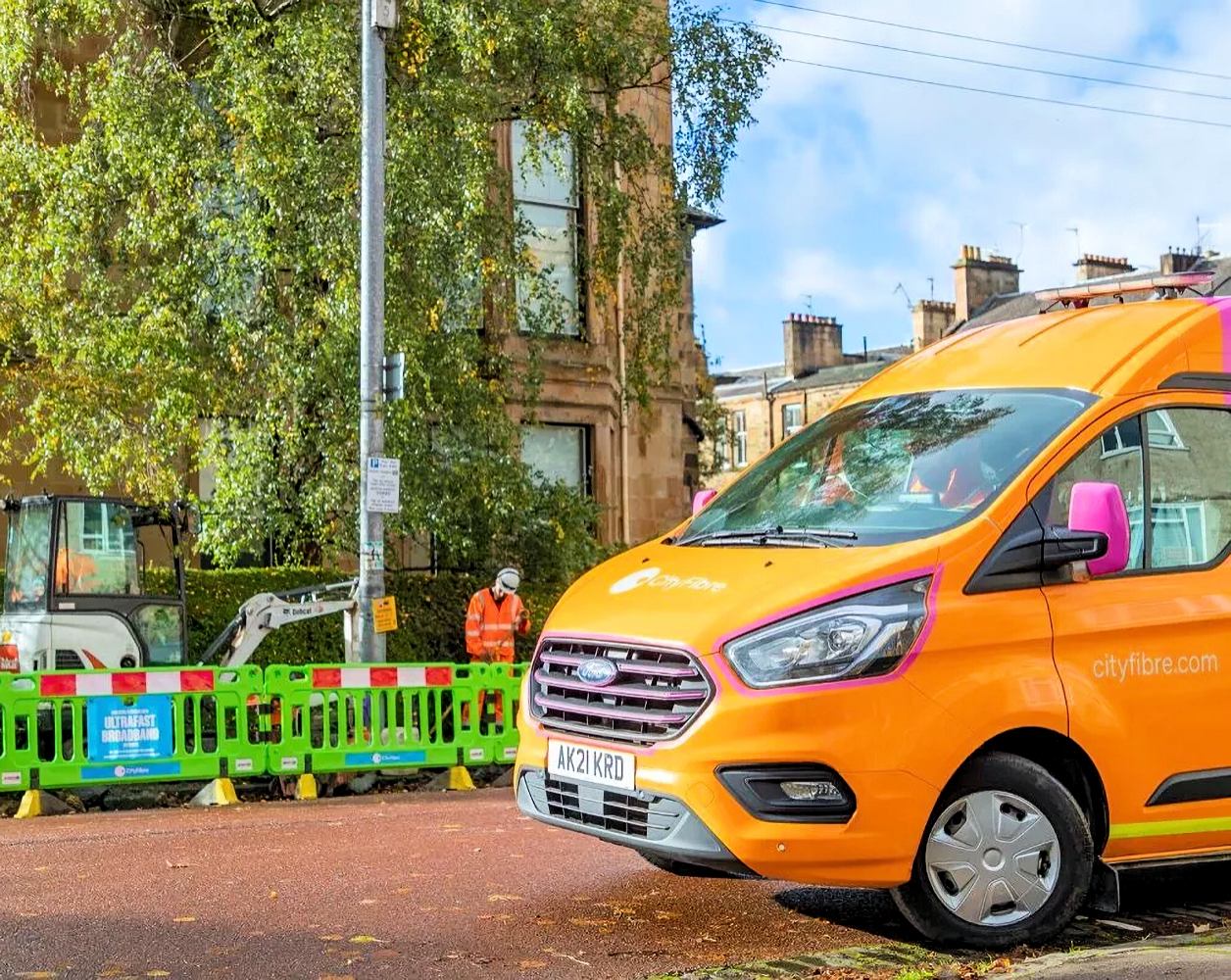





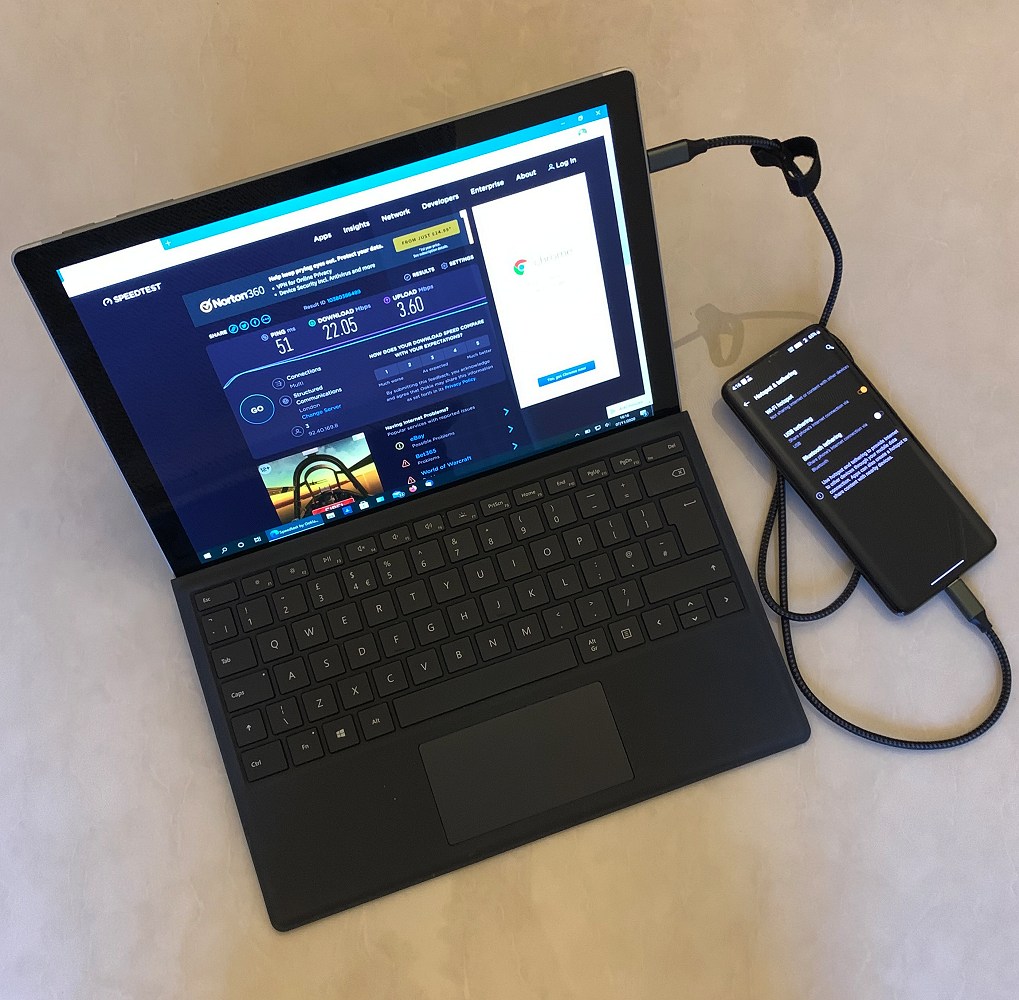


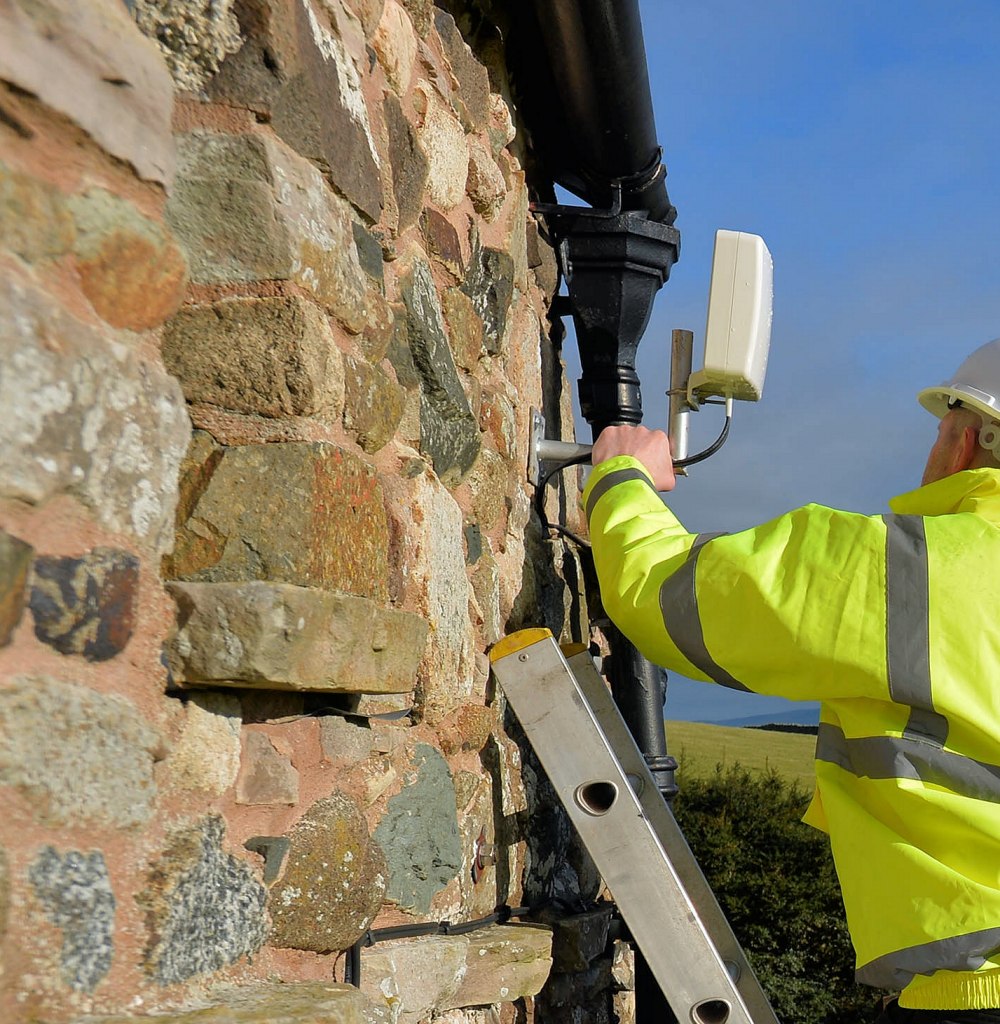







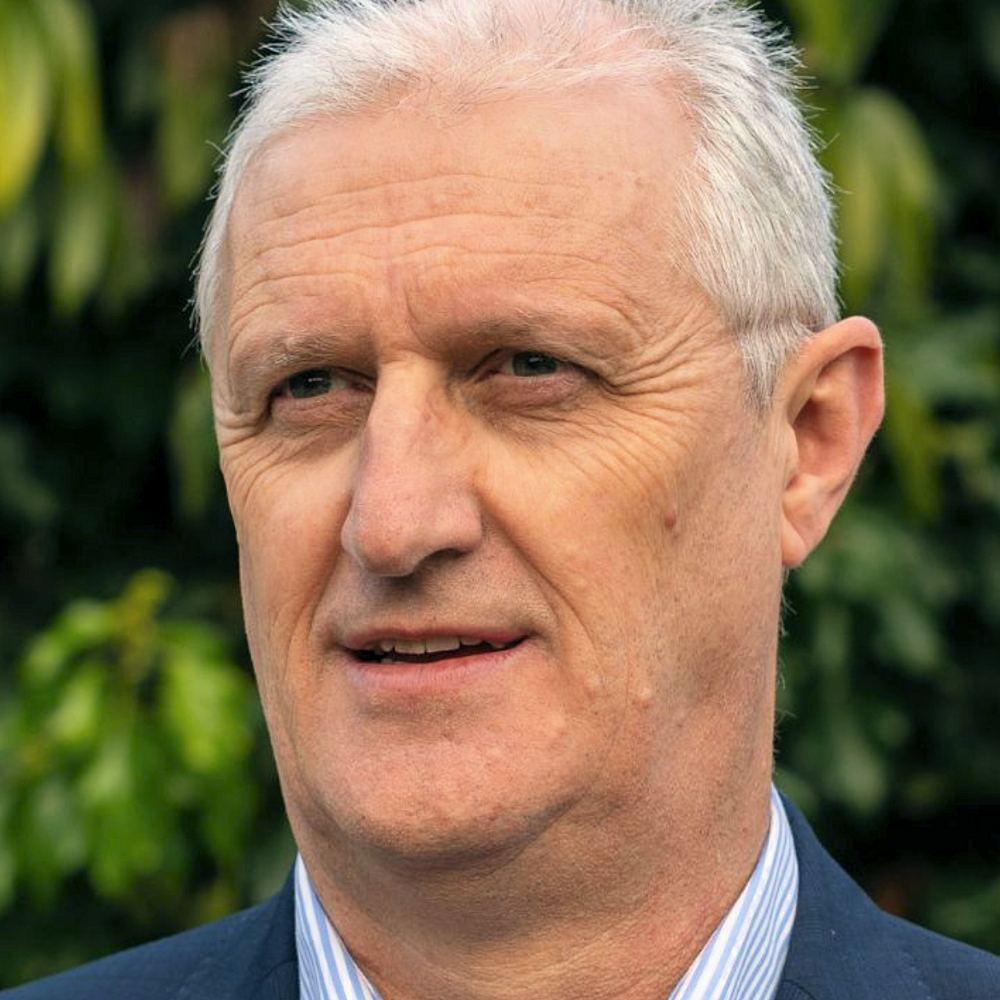

Strange. Thought rural businesses were being choked by the lack of SFBB and delivering them not just superfast but ultrafast, full-fibre networks was vital to the wellbeing of the nation?
An awful lot of rural businesses are in the 2% that will not get anything better than the 10Mbps USO (if it ever happens). Those that do will get something like Gigaclear with a minimum cost around 4 times that of a FTTC connection in an urban area, and £££ in connection fees. So far the only thing my BDUK organization (Fastershire) have been able to offer me is a course on how to use Twitter. I don’t want an enterprise hub in a town, I want usable broadband at my premises!
@Tim
Why do you think that rural businesses are concentrated in the final 2%?
IIRC The last figures I saw from Think Broadband that broke coverage down by premise density suggested that over 75% of premises in rural Britain could access superfast speeds. I’d expect rural businesses to be fairly well spread out, so why wouldn’t they have broadly similar coverage?
Of the remainder, I’d expect a reasonable proportion can get decent speeds using 4G with an external aerial. Have you tried this yourself?
What makes you believe that the situation is much different to this?
The availability of fast broadband in rural areas is not even across the country, so in some areas there are far more than 25% without – in my area it is only about 35%, but that includes every premises outside the village, which comprises most of the farms & businesses. I have the best ADSL connection of anyone that can’t get FTTC in my area, mainly because I have good kit, and have done everything I can to improve it.
4G is now available, but is vary variable (not the signal, but the throughput). Personally I load-balance between ADSL and 4G, but it is a rather expensive solution, and is not a solution that most neighbours would be able to set up. The 4G is very variable – I can get >20Mbps most mornings, but as the day goes on it drops to <4Mbps (although upload tends to be more consistent). However, 4G is no good for incoming VPN (a routed 4G connection costs £20/GB, which would cost me around £4000 per month), or outgoing e-mail from my mail server as email sent from a 4G hosted server is blocked by most other mail-servers. Latency is also poor, and very variable.
The majority of businesses are one or two man, non-office based such as plumbers, window cleaners, and taxi drivers who probably only a decent mobile signal.
However their contribution to overall GDP is relatively small, and its the impact of poor connectivity on those businesses that do need it that is/was? holding back the rural economy
Lack of connection leads to natural selection that certain businesses cannot function in certain areas.
This does directly lead to a lack of economic activity as other businesses cannot get the goods and services that they require. So development of those businesses is stunted as well.
Economic activity is a snowball effect. If you stop the snowball rotating it doesn’t get bigger.
Reading the report linked in the article I have to say there is something fundamentally flawed in the allocation of businesses to urban/mixed/rural categories if Map1 in the report is used to create the allocation. There are plenty of urban areas Eurostat definition is >500population/km squared within the green areas.
A worthy aim but fatally let down in the analysis of the data.
Sorry to burst the super/ultra/hyper/monster FIBRE Fibre fibre argument, but this is seen the country over, not just rural. Where superfast/ultra fast is deployed the significant majority are staying on ADSL. Those that do opt for superfast, the significant majority of those get the lowest speed package.
The market has spoken. Ultra fast fibre is not required, certainly not right now.